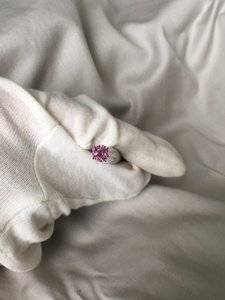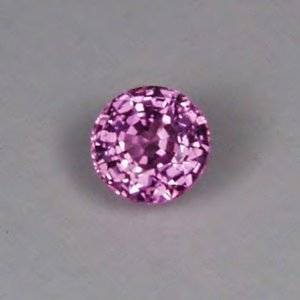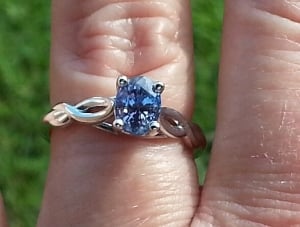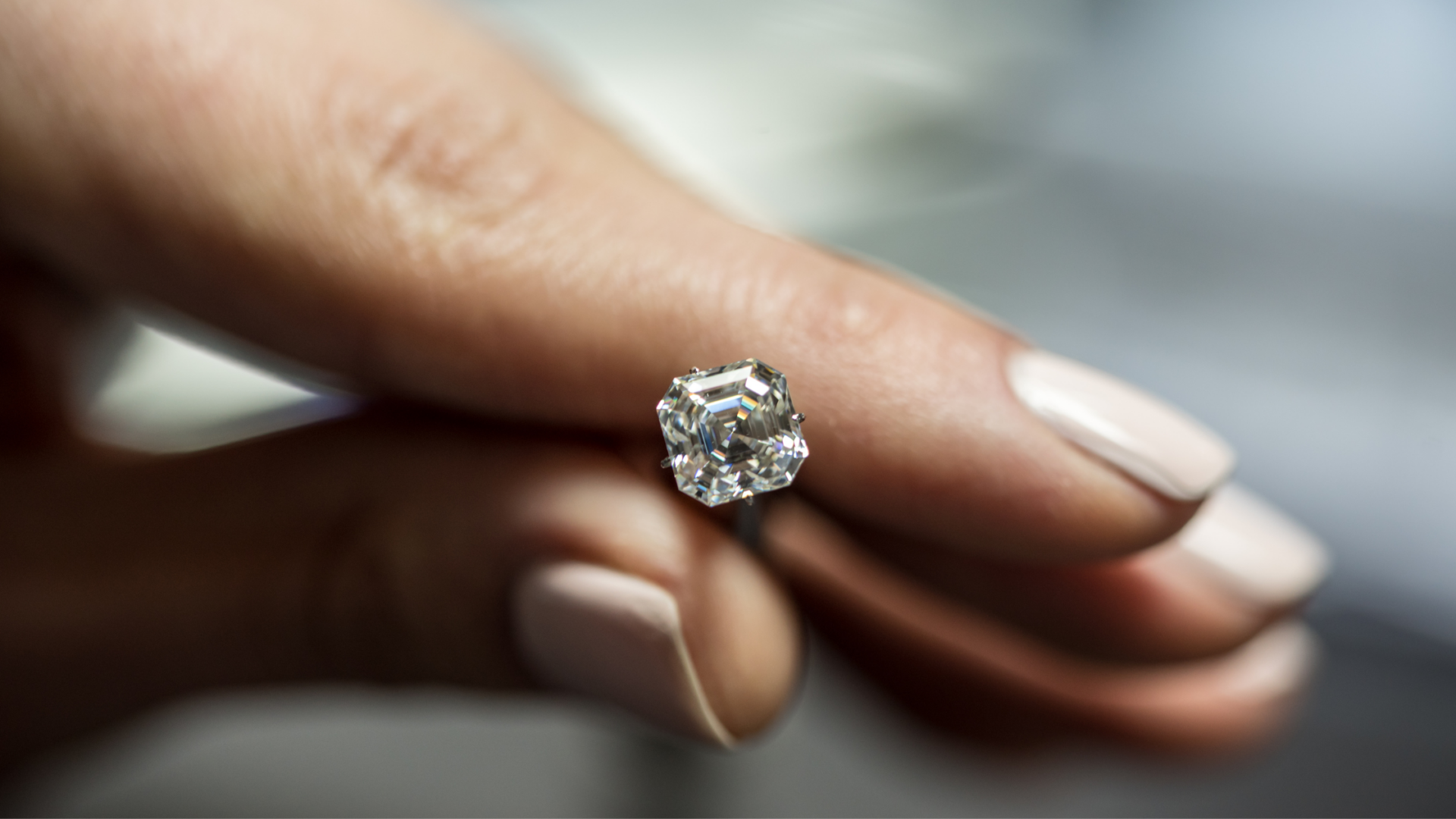- Joined
- Nov 21, 2016
- Messages
- 739
I got a pink sapphire. It is 1.09 carats and the dimension is 5.7 x 3.9 mm.

vendor's photo

The colour is quite close. The stone IRL is more vivid in colour. There are some nicks/abbrasions on the joint of the crown facets which don't show on the photo.
I was shock by the small face up size of the stone. Before I have seen this stone, I concern only the weight, not the face up size.
What is your desirable face up size?
Thank you.

vendor's photo

The colour is quite close. The stone IRL is more vivid in colour. There are some nicks/abbrasions on the joint of the crown facets which don't show on the photo.
I was shock by the small face up size of the stone. Before I have seen this stone, I concern only the weight, not the face up size.
What is your desirable face up size?
Thank you.





300x240.png)